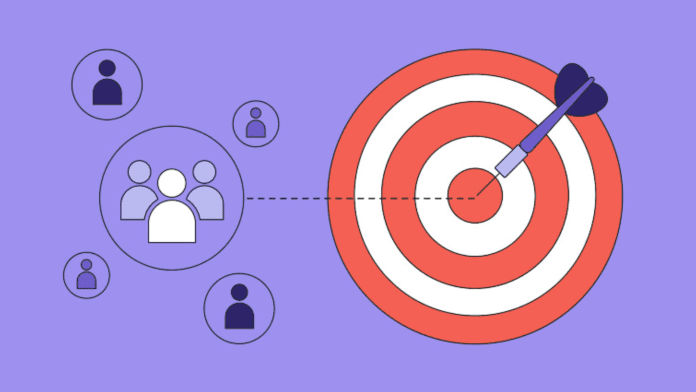One essential reality persists in the shifting business landscape: identifying your target audience is critical. However, it is astonishing how often this important phase is neglected or rushed.
Imagine trying to hit a target with a bow and arrow without knowing where the bullseye is. It’s not just challenging; it’s nearly impossible. In the business world, your target audience is your bullseye. Hitting it with your products or services requires precision, and that precision comes from a deep understanding of who your audience truly is.
Defining Your Target Audience
Defining your target audience is a nuanced process that involves more than just demographic data. It’s about understanding the core characteristics, motivations, needs, and behaviors of the people most likely to engage with your brand. Here’s how to go from vague to valuable:
1. Start with Research
Begin by conducting thorough research. Analyze your existing customer base, collect data on their demographics, and survey them to understand their preferences and pain points. Look for patterns and trends that can help you identify commonalities.
2. Segment Your Audience
Not all customers are the same, and that’s where segmentation comes in. Divide your audience into distinct segments based on shared characteristics. For example, you might have segments like “young professionals,” “families,” or “retirees.”
3. Create Customer Personas
Personas are detailed, fictional representations of your ideal customers within each segment. They go beyond demographics and delve into psychographics, such as values, interests, and behaviors. Personas humanize your audience and make it easier to tailor your messaging.
4. Analyze Your Competitors
Study your competitors and their audiences. What types of customers are they targeting, and how are they doing it? This can provide valuable insights into potential gaps or opportunities in the market.
5. Identify Pain Points and Needs
What problems can your products or services solve for your audience? What needs can you fulfill? Understanding these pain points and needs will help you align your offerings with what your target audience truly values.
6. Refine Your Messaging
Crafting the right message is essential. Your messaging should resonate with your target audience’s values, aspirations, and challenges. Speak their language and show how your brand can make a meaningful difference in their lives.
7. Test and Iterate
Defining your target audience is not a one-time task. It’s an ongoing process. Continually test your assumptions, gather feedback, and refine your audience definitions as you gain more insights and data.
The Benefits of Precision
Precision in defining your target audience yields numerous benefits:
- Efficient Marketing: Targeted marketing efforts are more cost-effective and yield higher conversion rates.
- Stronger Brand Loyalty: When your audience feels understood, they are more likely to become loyal customers.
- Innovative Product Development: A deep understanding of your audience’s needs can lead to innovative product or service offerings.
- Clearer Decision-Making: Knowing your target audience guides decision-making at all levels of your business.
The Bottom Line
Defining your target audience is a journey that transforms vagueness into a valuable asset. It’s about peeling back the layers to reveal who your customers truly are, what they need, and how you can provide it. By investing time and effort into this process, your business can better connect with the people who matter most and, in turn, achieve greater success in the competitive business landscape.


